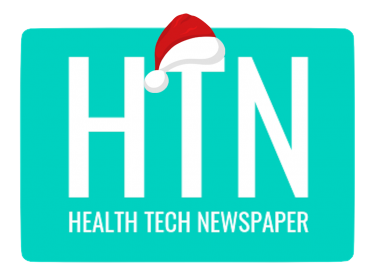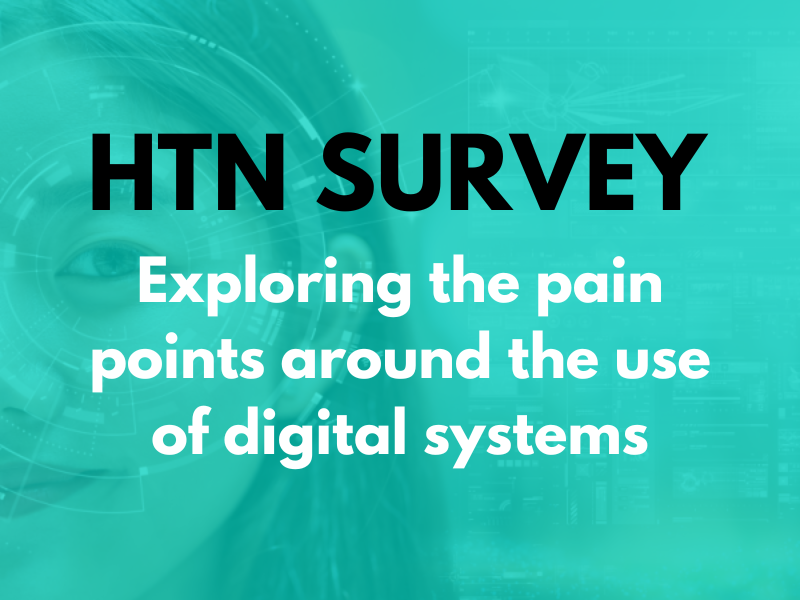For the past two decades, the NHS has been chasing the promise of digital “patient engagement.” Portals, apps, and online services have multiplied, each offering patients the ability to manage appointments, view test results and access their health information. Online surveys and MS Teams focus groups have proliferated, purportedly giving patients more of a voice in how services are designed and delivered.
On paper, this all counts as engagement. In practice, most of it has been transactional. Patients log in to complete a task. They attend a one-off focus group. The system ticks off a metric. There is a veneer of public involvement and co-design. And the real opportunity – to build relationships that support better health – is missed.
This distinction matters. Ongoing dialogue with citizens is very different from getting them to do things. One is about trust, empathy and continuity. The other is about transactions. If the NHS is to meet the challenges ahead it needs to shift from the latter to the former.
Transactions aren’t enough
Transactional engagement has its place. Patients need easy ways to book appointments, reorder medicines, and access test results (which I’ve written about previously). But that cannot be the end point. A service that reduces patients to administrators of their own illness is not one that empowers communities to live healthier lives.
True engagement comes when people feel heard and supported, when they are part of an ongoing relationship with a team that knows them, and when they feel connected to something bigger than their own treatment episode.
Neighbourhood Teams as the anchor
The NHS’ 10 Year Health Plan places neighbourhood health teams and neighbourhood health centres at the heart of reform. This is where the engagement challenge should be rooted.
By giving these teams – made up of GPs, community nurses, pharmacists, social workers, mental health practitioners – the challenge of ongoing communication and engagement, and equipping them with digital tools to communicate across professions and into communities, we can deliver the kind of engagement that supports localised prevention.
What does that look like in practice? Imagine if every community nurse, GP, social worker, domiciliary carer and pharmacist could message those within their caseload, their families and each other as easily as we use WhatsApp. Imagine the NHS App not just as a transactional front door, but as a neighbourhood noticeboard and group chat – where communication drives trust, continuity, and action.
Communities driving engagement
We will know this is working when communities start to drive engagement themselves.
ParkRun shows us how. What began with a handful of runners in a London park is now a national public health intervention. And at its core, it is powered not by targets, mandates, or transactions – but by community communication and engagement, none of it rocket science:
- A weekly email
- A local WhatsApp group
- An Instagram account
- A conversation with a neighbour
- A ParkRun app, which gives the ability to track and measure your performance relative to others in a non-competitive way
- A warm welcome on your first run as part of the intro, repeated each time and celebrating runners who have hit certain milestones of attendance
Through these simple, human acts and inclusive channels of communication, they create continuity and accountability. Participants know when the run is happening, what role they might play, and that they will be welcomed back next week.
ParkRun is relational, not transactional. The barrier to entry is so low – just turn up. It doesn’t reduce people to sign-ups. It creates a dialogue between organisers (volunteers), and participants that makes people feel part of a community.
It works just as well for seasoned runners chasing personal bests as it does for someone lacing up for the very first time. It brings together twenty-somethings grabbing coffee after the run, pensioners treating it as a ‘walk and talk’, families with kids and dogs in tow getting out of the house. Some turn up in fancy dress, eager to meet new friends; others keep their heads down and focus on the run. Its strength lies in exactly this – everyone belongs.
And it is this sense of belonging that changes behaviour: people show up, they bring friends, and they take ownership of the movement. You know you are part of something bigger by taking part. People even travel to farflung ParkRuns beyond their local site to help it scale and spread.
The NHS has the same opportunity. If neighbourhood teams are empowered with the right digital tools, they can do for health what ParkRun has done for the humble 5K – make it social, local, and sustainable.
Communication as a productivity lever
Too often, communication is dismissed as the “soft stuff.” Yet it is one of the NHS’ biggest levers for productivity. Poor communication wastes clinical time, creates duplication, and drives unnecessary hospital admissions. Conversely, empathetic, two-way communication with patients prevents crises, improves adherence to care plans, and reduces no-shows.
The evidence is clear: investment in communication pays for itself:
- A US study of accountable care organisations found that introducing digital communication tools for patients with long-term conditions reduced emergency admissions by over 15%.
- In Australia, patient-initiated messaging in chronic disease management programmes has been shown to improve medication adherence and reduce costs.
The NHS must now ask itself: what does success look like? Too often, it has been measured in logins and downloads. But these metrics risk repeating the transactional mistake.
What if measuring NHS engagement success was about measuring whether communication is working? Do patients know what is happening next? Do they feel they have someone to turn to? Do they avoid unnecessary delays or duplications because their story travels with them?
We want patients to feel understood – which is too abstract to operationalise on its own. But if we want to capture this, we could use some measurable proxies:
- Continuity of communication: % of patients who report that they usually speak to the same team member(s) about their care (vs repeating their story to multiple people).
- Responsiveness: Median response time to a patient message/question. % of patients who received a reply that answered their query first-time (no chasing needed).
- Comprehension and clarity: % of patients who say they understood the next steps in their care after a communication (captured via a one-click post-interaction survey, e.g., “Was this clear?”). Reduction in referrals chased by patients themselves (currently 26% of patients report this).
- Trust and relational continuity: Net trust score: % of patients agreeing “I trust my care team to know me and my history.” “Communication confidence” score: % of patients who feel they know who to contact when they need help.
- Outcomes of communication: Reduction in DNAs (missed appointments) linked to proactive communication. Reduction in emergency admissions among people with long-term conditions enrolled in digital two-way communication programmes. Medication adherence rates where messaging/ongoing dialogue is in place.
What might this look like in practice?
Margaret’s story
Margaret is 79, living alone with COPD, type 2 diabetes, and mild depression. She’s had three hospital admissions in the past year after breathlessness spiralled into crisis.
In the traditional, transactional model, Margaret gets letters in the post, often arriving late, and multiple phone calls from different services which treat different parts of her. She has to repeat her medical history every time. She’s unsure who to call when her symptoms worsen – sometimes dialling 999 because it feels like the only option.
Now imagine Margaret supported by her Neighbourhood Team, enabled through the NHS App:
- When she opens the app, she sees her “team” — a small set of faces: her community nurse, GP, pharmacist, and a social prescribing link worker.
- She can message them directly. When she wakes up breathless one morning, she taps a button and her nurse replies within an hour.
- The nurse gets out to her and adjusts her inhaler use and checks in again later that day. Crisis averted.
- Her pharmacist messages her when her repeat prescription is ready, and nudges her about a new flu jab clinic.
- The social prescriber posts in the neighbourhood feed about a “walking with poles” class at the local park. Margaret joins, encouraged by others in the chat. It gives her structure, exercise, and connection.
- The GP doesn’t need to repeat questions – her recent flare-up and inhaler adjustment are logged, visible to the whole team.
For Margaret, the difference is profound. She is not battling for access, and she doesn’t feel like an administrator chasing appointments; she feels part of a small circle who know her and respond to her. Her admissions fall, her confidence grows, and she starts to feel healthier not just in body but in community.
A call to action
The NHS can continue to build digital systems that gatekeep and transact with patients. Or it can invest in tools that enable ongoing dialogue with citizens, rooted in neighbourhoods and the NHS App, to truly engage with communities.
One is about compliance. The other is about belonging. One counts clicks. The other builds trust. If the goal is prevention, productivity and healthier communities, the choice should be clear.





